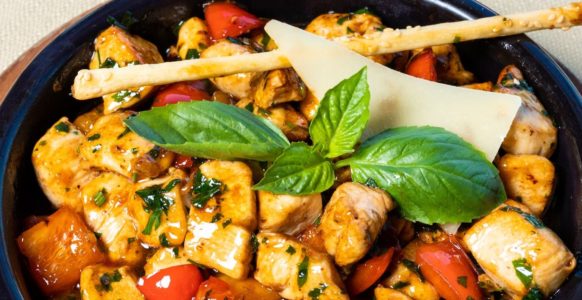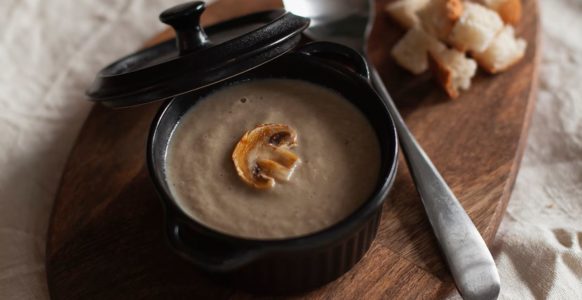Bella Breakdown
Exotic spices can cost a pretty penny at the market, including the delicate saffron spice. Saffron can cast as much as $10,000 per kilogram due to the delicate harvest process that can only be done by hand.
Saffron has a rich history spanning thousands of years as being one of the most sought-after spices in the world. Saffron isn’t only for cooking, it can also be used as a dye and medicine.
For only one gram of saffron, 150 saffron flowers are harvested with most of the less expensive saffron found in grocery stores that could be fake or containing additives. Saffron derives from the red stigma on the Crocus sativus flower, with each crocus containing three small stigmas that need to be picked carefully by hand.
The thin hairs of the saffron require work to be done by hand that can take nearly 40 hours of hard manual labor for 1 kilogram of high-quality saffron. The key to getting more saffron in harvest is doing everything by hand, attempting to grow bigger flowers for a higher saffron yield.
Once the flowers are ready for harvesting, the workers have to work fast to pick the flowers in time to maintain fresh saffron. Saffron gains its flavor depending on the harvesting process through the soil, rainfall, and temperature.
Kashmir is said to be one of the best saffron farming locations, producing some of the highest quality saffron in the world thanks to the natural red soil. The red soil naturally fertilizes the saffron which takes out a massive part of the farming process for saffron.
The desire behind the flavor of saffron is the bittersweet, earthy flavor that is difficult to describe and nearly impossible to replicate. The history behind saffron has always alluded it to be a sought after spice and celebrates for its unique flavor.
According to Greek mythology, Zeus sometimes slept on a bed of saffron. The Egyptian queen Cleopatra would bathe in saffron and milk as an ancient fake tan beauty treatment, utilizing the dying properties of saffron.
Many cultures have their own myth of the mystical powers of saffron with the big surge in popularity in Europe during the 14th century as a possible cure to the black plague. The rich history of saffron is in danger due to climate change and most farmers being unable to produce enough to sustain their business.
With the decline in harvesting and production, most farm owners are given few options but to sell their land for housing developments. Saffron is apart of the cultural identity of Kashmir and is slowly dwindling away due to climate change.





















